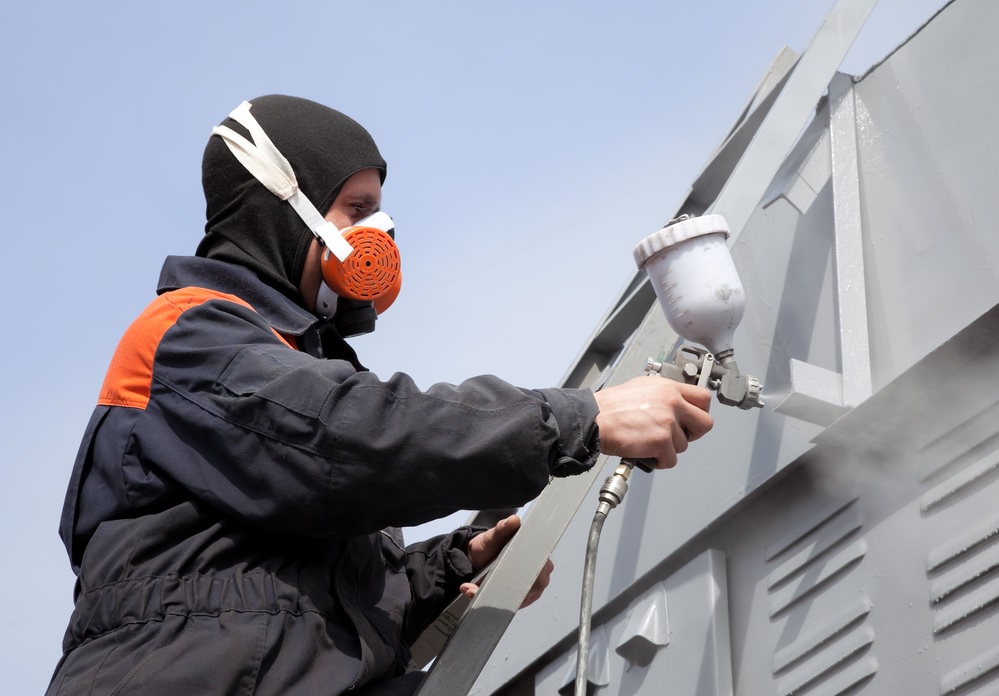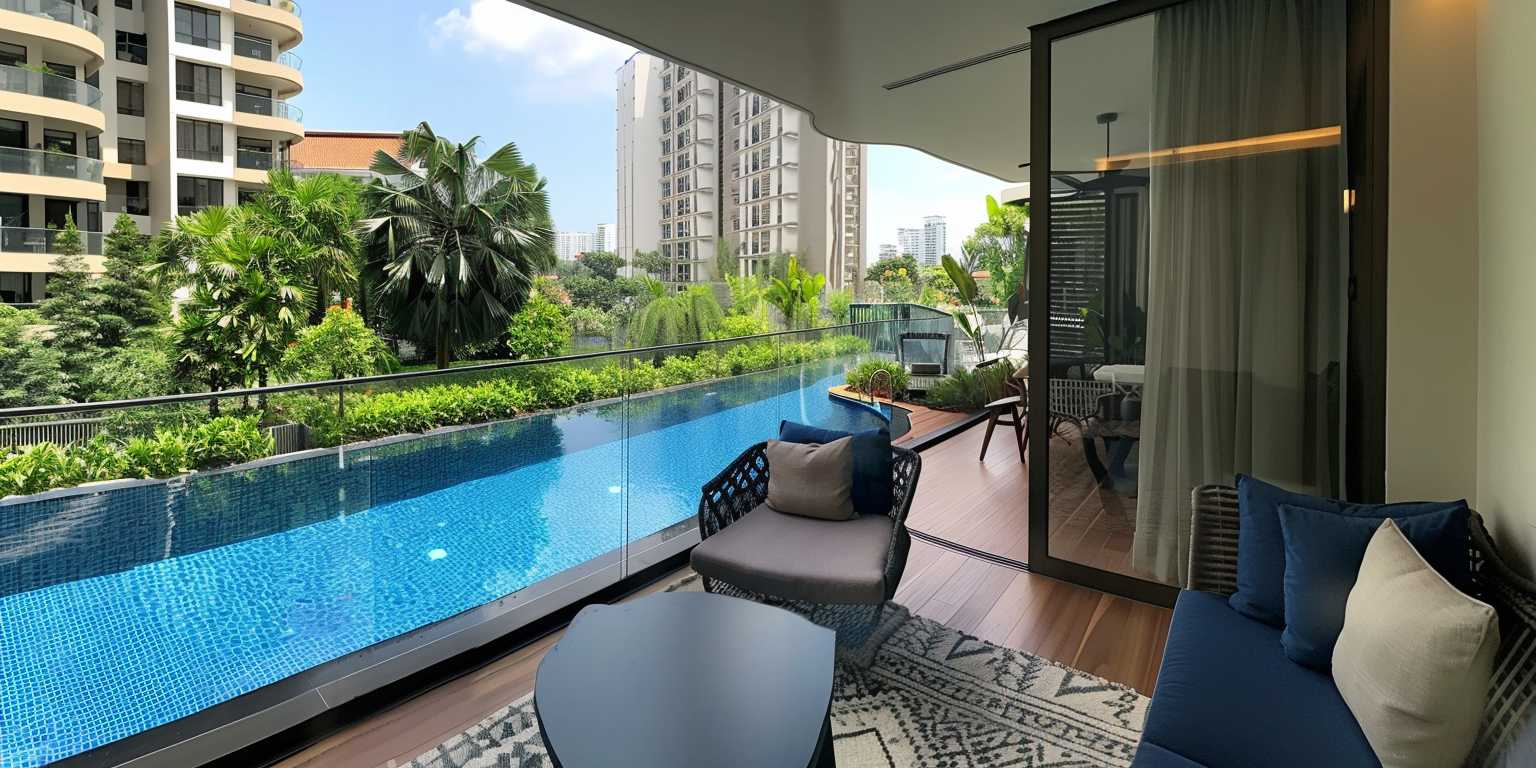Holiday seasons bring warmth and festivity to residential communities, but decorating in condominium settings involves navigating specific guidelines and community standards. Living in a Penrith Condo or similar shared housing community means balancing personal expression with collective interests and building regulations. Condominium associations typically establish decoration policies that maintain property aesthetics while allowing residents to celebrate their traditions meaningfully.
Common restrictions
Most condominium communities implement specific limitations on holiday decorations rather than prohibiting them entirely. These restrictions commonly address size, placement, duration, and safety concerns. Decoration policies typically limit displays to personal balconies, patios, doors, and interior windows visible from outside. Common areas such as hallways, exterior walls, and shared lawns often have more stringent limitations or complete decoration prohibitions due to safety regulations, maintenance concerns, and aesthetic consistency.
Height and size restrictions prevent oversized decorations from dominating shared visual spaces or creating hazards during inclement weather. Timing guidelines specify installation and removal deadlines, with most communities allowing decorations between Thanksgiving and early January for winter holidays, while limiting other seasonal decorations to shorter windows before and after the holiday date. Many buildings also implement quiet hours, restricting when residents can install or remove decorations to minimise disruption.
Safety first
Fire safety represents a paramount concern in condominium decoration policies. Most associations prohibit open flames, including traditional candles, replacing them with LED alternatives for menorahs, kinara, and similar conventional decorations. Electrical safety requirements address overloading circuits, proper cord management, and inspection of light strings for damage before installation. Many buildings limit outdoor electrical decorations to designated outlets or require safety certifications for certain lighting displays. Key safety regulations typically include:
- Requirements for UL-listed lights and decorations
- Prohibitions against blocking walkways, stairwells or exits
- Restrictions on flammable materials like natural greenery
- Guidelines for securing decorations against wind and weather
- Electrical load limitations and approved connection methods
Balancing inclusivity
Modern condominium communities increasingly recognise the importance of supporting diverse holiday traditions while maintaining neutrality in shared spaces. This balancing act often results in policies that permit religious and cultural decorations within private areas while keeping common areas either decoration-free or limited to secular seasonal themes. The trend toward inclusive policies reflects growing awareness of the diverse backgrounds represented in many urban and suburban condominium communities.
Association boards must navigate competing interests when setting holiday guidelines. Some residents prefer seeing vibrant multicultural celebrations throughout the building, while others advocate for more restrained approaches that minimise sensory impacts and maintain year-round consistency. Finding middle ground typically involves community consultation through resident surveys, town hall meetings, and transparent policy development processes incorporating diverse perspectives.
Holiday decorations in condominium communities work best when approached as a collaborative effort rather than a regulatory challenge. Through thoughtful policies, clear communication, and resident involvement, communities can create festive environments that honour diverse traditions while maintaining property standards and neighbour relationships. The most successful condominium approaches recognise that holiday expressions reflect deeply held values for many residents while finding reasonable accommodations within the practical constraints of shared living environments.












